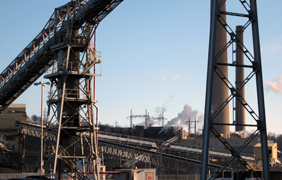Monitor V/I Curves to Proactively Discover & Resolve ESP Issues
Regular monitoring of key performance indicators is a smart way to keep your ESP running efficiently. Small problems are likely to eventually become big ones, or even de-rate crises, so it makes sense to head off issues at the pass by making best use of the operational data available.
One key indicator that’s often overlooked is the V-I curve (voltage current relationship between T/R sets). Regular monitoring of V-I curves can provide useful insight into why changes in system performance occur over time. From these readings, it’s possible to uncover a variety of problems, such as fluctuations in resistivity, which can be fixed more easily if caught early
While it’s true taking a V-I curve reading requires ramping the T/R set down and back up, which can cause a short opacity spike (especially with outlet fields), the useful data rendered from this short blip is well worth it. Checking V-I curves should be part of your maintenance and troubleshooting routine along with voltage control calibration and resistivity testing.
Despite the potential utility of V-I curve data, almost no-one monitors this key indicator on a regular basis. So, if you haven’t made a New Year’s resolution yet, try this: I will regularly perform V-I curve monitoring and use this information to proactively address ESP problems.
Helpful Resources
KnowledgeBase: Troubleshooting
KnowledgeBase: Theory of Operations: Charging
KnowledgeBase: Optimizing Corona Power


